SD technology is constantly evolving in tandem with USB technology, and all these factors should be considered when selecting a memory card reader.
USB Interface – What You Need To Know
You’ll likely want a memory card reader that is USB 3.2 capable. This can be supplied with either a USB-C cable or a USB-A cable. Both are suitable for this format, and many memory card readers now come with both types of cables.
USB 4.0 is also now found in many computers. However, SD memory card readers are not yet using this interface, and there is no benefit to be gained. We will, however, see SD Express Cards coming shortly that will require this faster interface.
USB-C Combo Readers
Depending on which camera you have, you might want to consider a combo reader. This could include an SD UHS-II reader with CFexpress Type-B compatibility or an SD UHS-II reader with CFexpress Type-A compatibility. However, since we haven’t seen an SD card reader that supports a 20 Gbps interface using USB-3.2 2×2 or USB-4, you will lose some speed potential when reading from the CFexpress cards.
I use the 3.2 readers for my CFexpress cards, and I don’t find the slower speed a problem. Since I personally write all my files to a Hard Disk Drive, not an SSD, I generally see no benefit to using USB-4.0 readers, because the hard drive I write to is not fast enough to take advantage of those speeds.
However, if you’re in a studio or on a film set and need max speed and are writing to a RAID or SSD, you may want to consider buying separate readers to get the best speed from the CFexpress cards.
Here are the brands of readers I’ve been using for the last few years.
ProGrade Readers
Because I write all my files to a hard disk drive, I have found I don’t need to use the USB 4.0 readers. I have them, and they are always magnetically attached to the side of my computer or desk, but I don’t use them because the combo readers are more convenient for my use case.
I have so many readers, but the ProGrade Readers are my favorite because of the magnets on the bottom. If you don’t have any metal on your desk or use an Apple Aluminum computer, the magnet attachment on these Prograde readers may not be helpful for you.
ProGrade SD UHS-II + SD UHS-II Reader – 10Gbps
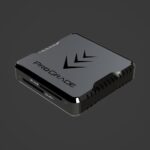
This reader utilizes the USB 3.2 Gen 2 interface and features two SD UHS-II slots. It has a USB-C port on the back and a magnet base.
It includes two USB Cables. A USB-C to USB-C and a USB-C to USB-A.
ProGrade SD UHS-II + CFExpress Type A Reader – 10Gbps
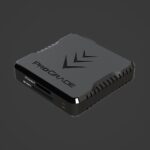
If you’re shooting with Sony and using both CFexpress Type-A and UHS-II SD cards, this is a great reader. However, you can achieve better speeds with a dedicated CFexpress Type-A USB-4.0 reader if your computer has this capability.
It includes two USB Cables. A USB-C to USB-C and a USB-C to USB-A.
ProGrade SD UHS-II + CFexpress Type B Reader – 10Gbps
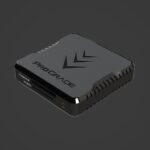
If you shoot with Nikon, Canon, Fujifilm, or Panasonic, you’re likely using SD memory cards, as well as CFExpress Type-B cards.
It includes two USB Cables. A USB-C to USB-C and a USB-C to USB-A.
Lexar Readers
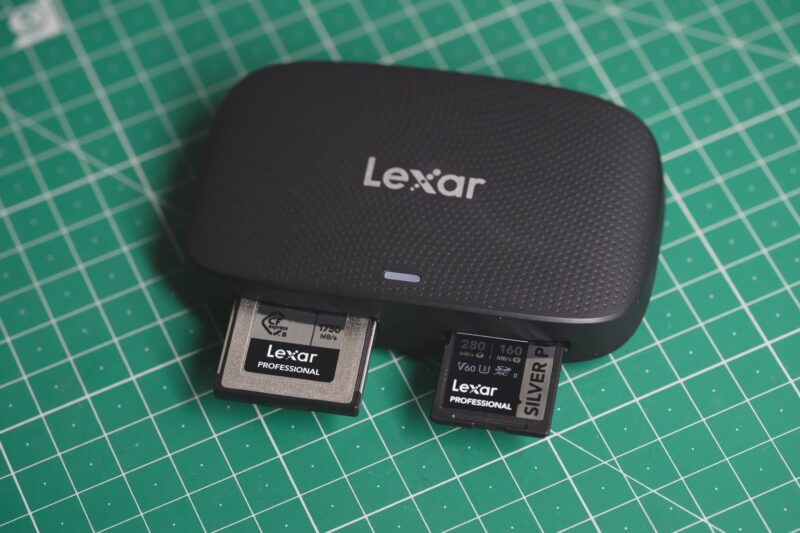
If you don’t need the magnetic base of the ProGrade card readers, Lexar readers are also excellent alternatives. This reader still utilizes the USB 3.2 Gen 2 10 Gbps interface, which is suitable for most users, particularly given the speed of V90 cards.
Lexar readers do something I appreciate: they utilize a single USB-C cable with a built-in USB-A adapter, if needed. So you only get one cable to help declutter your life.
Lexar CFexpress Type A + SD UHS-II Card Reader: Amazon / B&H
Lexar CFexpress Type B + SD UHS-II Card Reader: Amazon / B&H
| **This website contains affiliate links. We will earn a small commission on purchases made through these links. Some of the links used in these articles will direct you to Amazon. As an Amazon Associate, I earn from qualifying purchases. |


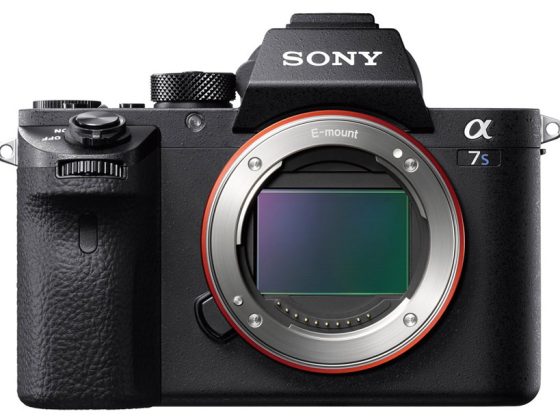

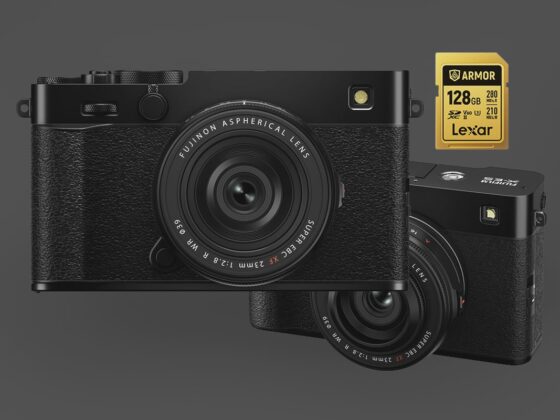
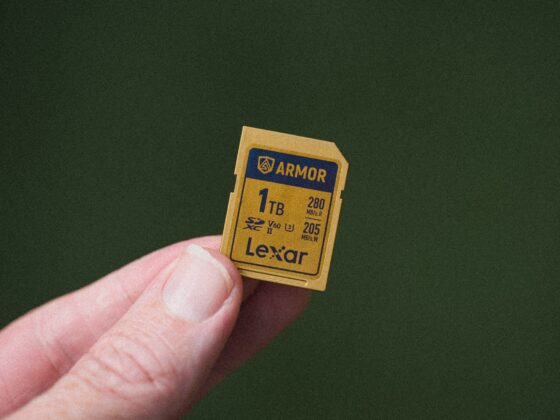
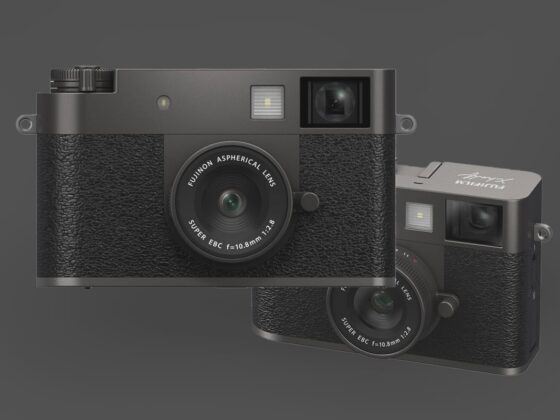

Why on earth is the Prograde dual slot UHS II reader not amongst these?
It should be, this article is pretty old and is on my list to update.